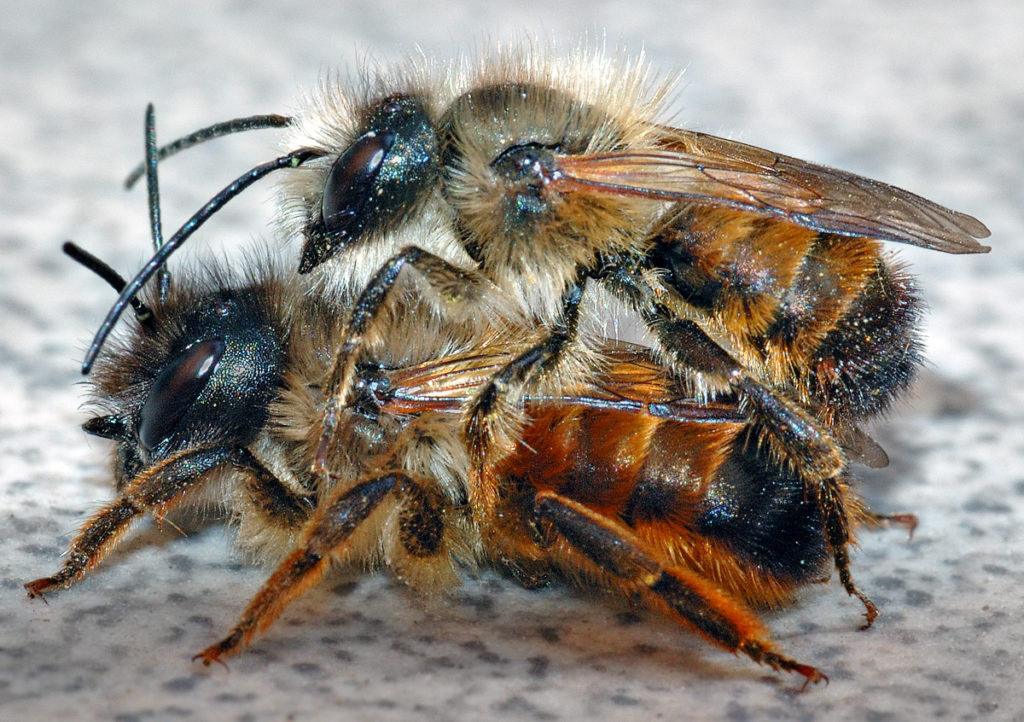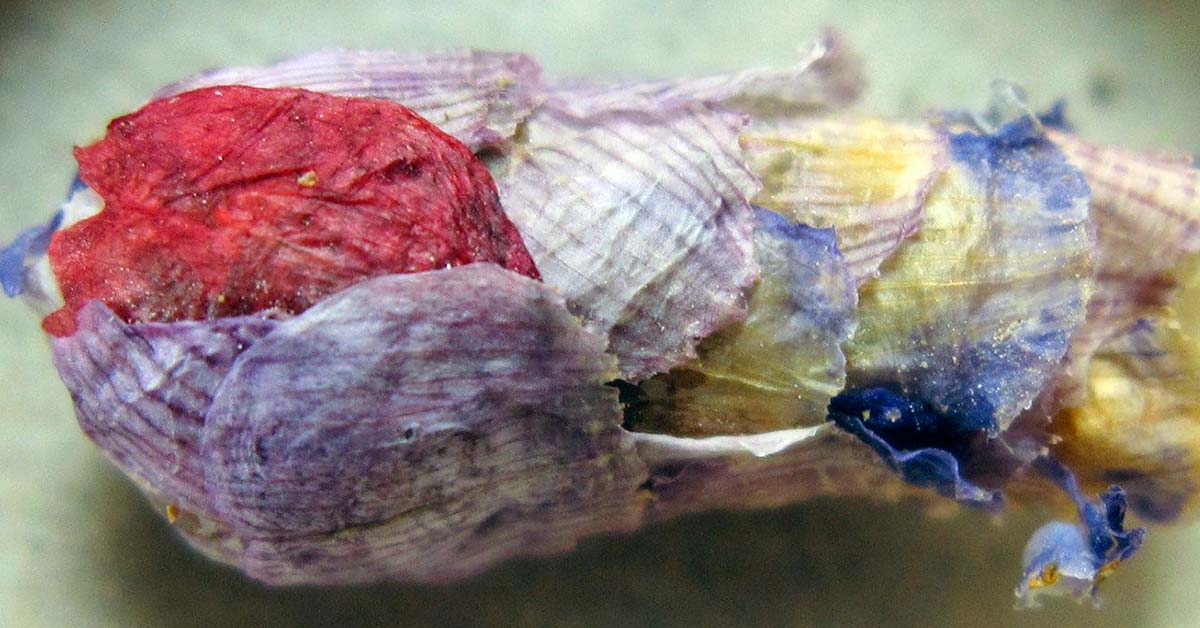Scientists believe that, around the world, there could be as many as 200,000 different species of pollinators currently in existence. These pollinators range from honeybees and bumblebees, which many of us are quite familiar with, to more obscure flying insects. Many pollinators build nests out of raw materials found in their immediate environment. And one pollinator, Osmia avosetta, builds flower petal nests – an exquisite combination of form and function.
Osmia avosetta was first discovered in 2009, first in Turkey and then in Iran. Each of the colorful cocoons these bees craft is used to house a single egg. Researchers say that it takes about a day to make each nest.
Read more: To Help Save Bumblebees, Plant These Flowers in Your Spring Garden
Osmia Avosetta – a solitary pollinator

“It’s not common for bees to use parts of plants for nests,” Dr. Jerome Rozen of the American Museum of Natural History and a member of the team in Turkey, said in an interview with NPR.
He continues: “There’s a demand for biologists to know bees nowadays.”
“They are the foremost animal pollinators of plants, and tremendously important for maintaining ecosystems — not only crops but also for conservation.”
Researchers described the delicate process of creating these single flower petal nests, noting that the female bee will gingerly bite off a petal from a flower and begin to bring them to the nesting site, one by one. Once she has all of the pieces she needs, she’ll gather mud and apply a thin layer to the petals. Once applied, she’ll add a second layer of petals.
Once complete, the mother deposits “a sticky mixture of yellow-orange pollen, homogeneously combined with nectar” followed by the egg itself. Once the food has been added and the egg is laid, she seals the cocoon and goes on her way.
Read more: 9 Practical Things You Can Do To Save The Bees
Within a few days, the egg hatches into a larva that begins consuming the pollen and nectar mixture left by its mother. Once a sufficient amount of food has been consumed, the larva will spin itself into a cocoon inside of its nest and pupate, slowly developing into an adult.
Once an adult, the new bee emerges from the nest, and the cycle repeats.
The purpose of flower petal nests
The nests that Osmia avosetta are beautiful. You’d assume they’re pretty fragile too, but in reality, they aren’t. Researchers found that these flower petal nests are able to float in flooded conditions and can prevent invasion by insect predators and parasites.
The study published in AMNH notes that: “Although the patchwork of colors on the outer surface of a cell or even the strong colors is a striking phenomenon to the human eye, the color of the cell surface is obviously not important to the female bee or her nest.”
“We think the survival value of constructing this elaborate cell lining of petals and soil is the texture, water content, and water repellent– and humidity-retaining nature of petals.”
Nature really is an incredible thing. It seems as though no single thing contained within an ecosystem, even something as simple as a flower petal, doesn’t have a use for something else.
Read next: How to attract a bee swarm to an empty hive













